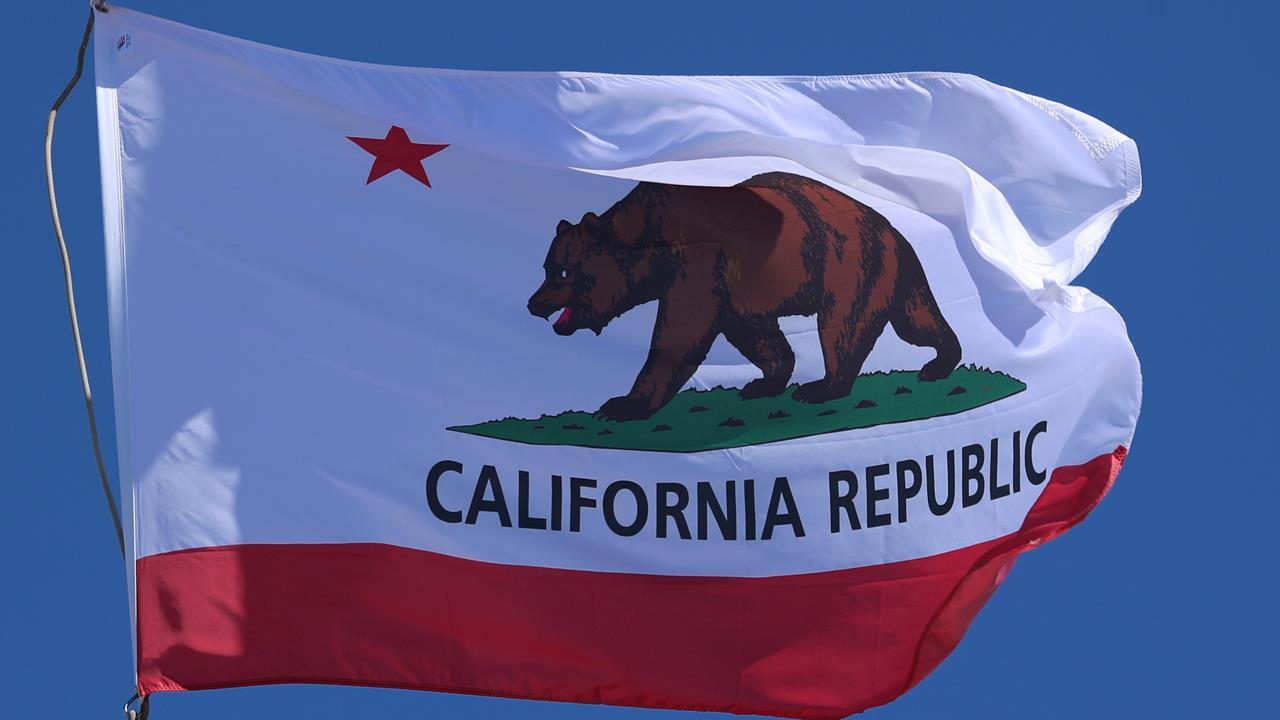School choice is working in America, despite these biggest myths
The landscape of K-12 education in America is vastly different in 2019 than it was 50 years ago.
New and unique types of schools have opened to serve children and families. States, communities, districts and schools in the country are doing more to provide customized learning options for students. Parents have more choices for their children’s education today than at any time in history. Unfortunately, myths surrounding school choice often prevent families from learning about their school choice options or exercising them.
It’s time to put an end to these myths because education is evolving and the stakes couldn’t be higher.
Young Americans in 2019 are no longer just competing for jobs with students in neighboring towns, as they did 50 years ago. The global market for products and services has changed our reality. As young people enter adulthood now, they are wading into a fierce international competition for talent and skills.
In days gone by, students could find good, middle-class jobs in their communities even if they did not excel in school. Today, those jobs are harder to find. Students need a higher level of skills to truly compete and to live up to their fullest potential.
Research shows that when parents actively choose schools for their children, these students attain skills more quickly and graduate from high school at higher levels. This is true regardless of the type of schools parents choose – traditional public, public charter, magnet, private, online or home education. School choice is working.
Unfortunately, pervasive myths about school choice have made it difficult to raise broad public awareness about the many options available to families today. As America celebrates the ninth-annual National School Choice Week this month, it is time to combat these myths.
Myth No. 1: Hurts public education
Perhaps the most pernicious myth about school choice is it hurts public education. This myth ignores the incredible growth in public-sector school choice options over the past 25 years.
For example: many parents can now choose traditional public schools located outside of their zones or opt for charter schools, magnet schools and publicly-run online academies – in addition to private school options and homeschooling. Public, charter, magnet and public online academies are all tuition-free public schools that are accountable to taxpayers.
As these options have grown, more public-sector schools have opened and overall investment in public education has grown, too.
Myth No. 2: Talented student exodus
Another dangerous myth about school choice is that with more options, the most talented students will leave their current schools – further weakening our education system.
CLICK HERE TO GET THE FOX BUSINESS APP
In reality, struggling students – the ones who yearn to succeed but haven’t yet found their footing – are the ones who are far more likely to switch schools.
Myth No. 3: Depends on where you live
School choice is also becoming prevalent in rural areas, too – helping tear down the myth that school choice is limited to big cities and nearby suburbs.
Rural states like Iowa and Idaho, for example, have thriving school choice programs and policies. The growth in digital learning and online education has also expanded school choice to areas where transportation can prove challenging.
Myth No. 4: Unhealthy competition
Finally, some people think that asking schools to compete for students somehow cheapens the importance of education. I don’t agree.
Today’s teachers and school leaders are up to the challenge. They are eager to prove their mettle, demonstrate why their schools are making a positive difference for children and families, and attract new students and families through their doors.
The bottom line is that America, and American families, simply cannot afford to let myths about school choice get in the way of a better and brighter future for the next generation. The opportunity cost of too many students dropping out of school is in the billions of dollars every year. We must inspire those students so that they cross the finish line of high school graduation.
We are a society that values the freedom to make individual choices, celebrates the importance of diversity, and prides itself on the agency and self-determination of our people. Choosing schools for students – by matching kids up with learning environments that meet their needs – is a natural extension of these American values.
It might also just be the educational and economic solution that helps the next generation lead healthier, more abundant and happier lives. We should all want that.
Andrew Campanella is the president of National School Choice Week, a public awareness effort that shines a spotlight on educational opportunity every January. From January 20-26, National School Choice Week will feature 40,549 independently-planned events across the country. Follow him on Twitter @andrewrcamp.




















